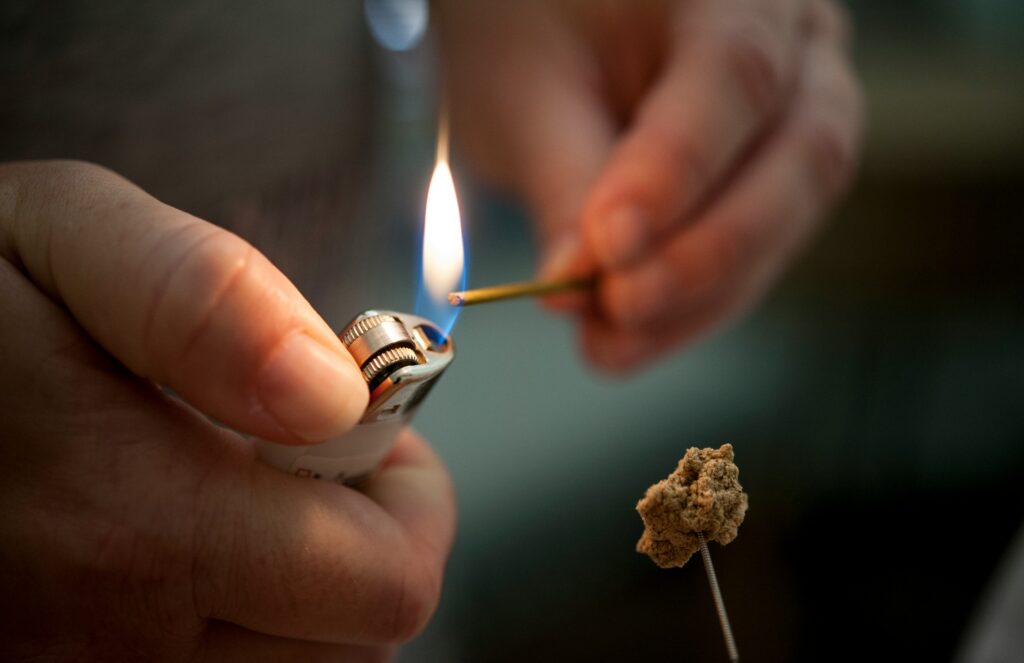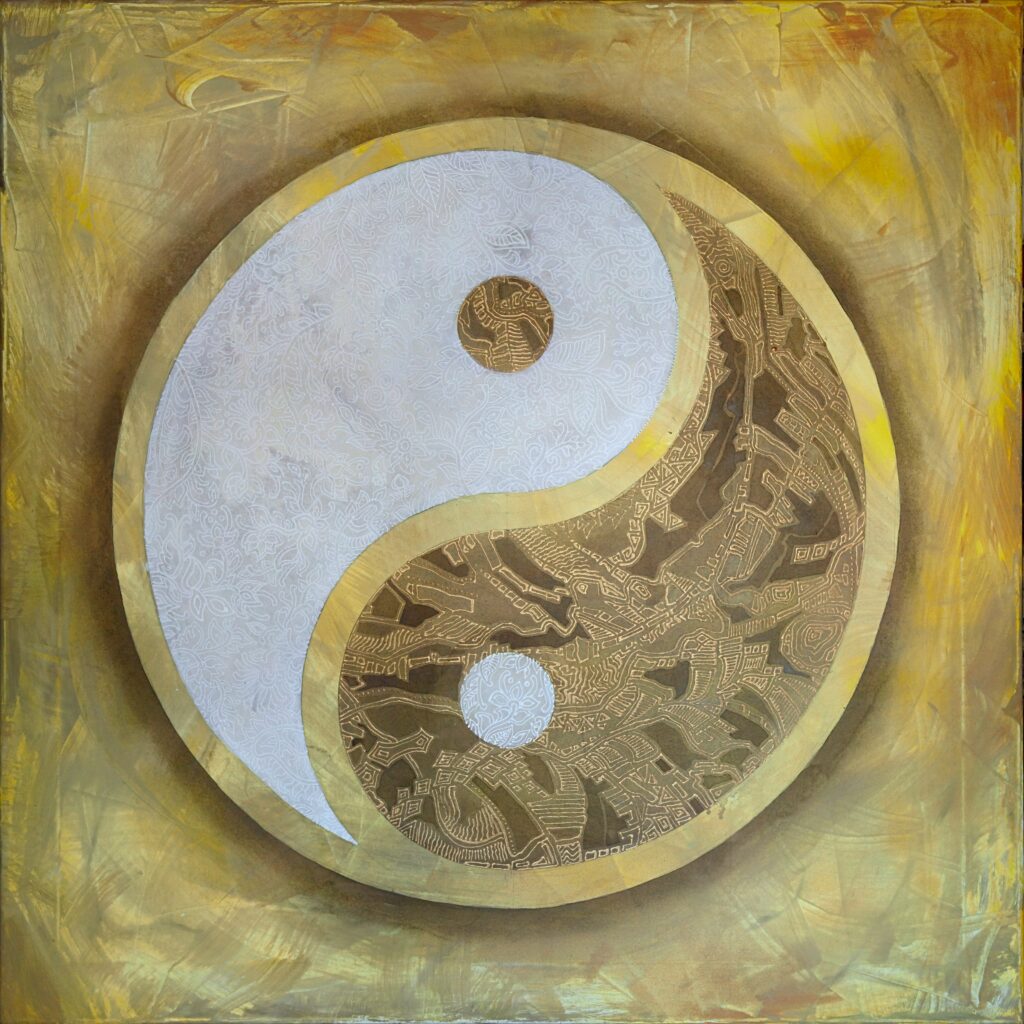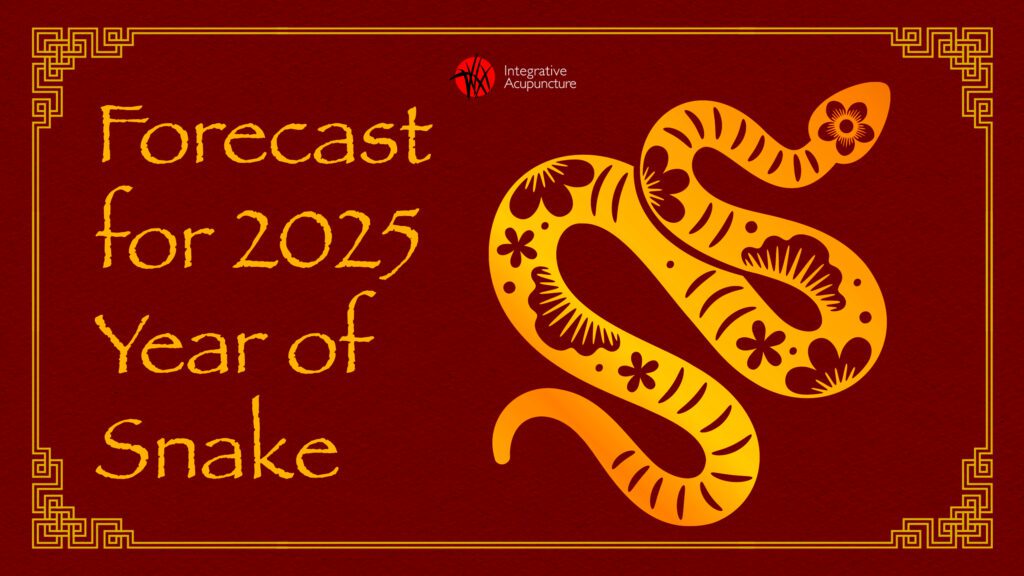Moxa is a common herb in Chinese medicine that is used to treat a variety of conditions along with acupuncture. Within its origins, in 1991, a famous Japanese moxa therapist and researcher, Dr Shimetaro Hara, died at the age of 108, holding the official title of oldest male in Japan at the time. He was a proponent of regular moxa use for immunity and longevity. He studied the effects of moxa on white and red blood cell counts. During the 1930s, before antibiotics, he was using moxibustion in Japan to treat many severe illnesses, including TB, with great success.
The word Moxa itself comes from a Western misspelling of the Japanese term ‘Mogusa’ (herb that burns) and refers to dried mugwort. Moxibustion is the burning of moxa. Mugwort’s most famous applications is when moxibustion is used to turn breech babies into a normal head-down position before childbirth.
Moxibustion on a point on the pinky toe (BL-67) is well known for correcting abnormal fetal position and success rates are significantly higher than reports of manual manipulation.

Moxibustion and It’s Powers
All over the world, this herb has been recognized for its medicinal and mystical powers. In Europe, mugwort was left under doormats to ward off unwelcome guests. Native North Americans used the smoke for purification purposes. Ancient Romans planted mugwort along roadsides to offer relief to soldiers on long marches.
As far as medicinal applications in China, there are theories that it predates acupuncture. There are records of it being used as far back as the Shang Dynasty (16th century BCE). The Chinese word for acupuncture is Zhenjiu, which literally translates to needling (zhen) and moxibustion (jiu).
How Does Moxibustion Work?
Modern research of the moxibustion mechanism mainly looks at thermal, radiation, and pharmacological actions. The basic idea is that when burned, moxa releases infrared heat and volatile oils. The white fur on the underside of the mugwort leaf contains aromatic oils. These oils may account for the pharmacological effects of moxa. Tinctures and topical applications made of mugwort are used to treat many conditions because of the therapeutic and antibacterial properties of the essential oils and tannins in the leaves.

Understanding Moxa
There is debate as to whether current applications that do not involve direct contact with the burning moxa allow for a strong enough transmission of the benefits of the essential oils. However, the value of moxibustion as one of the oldest infrared healing therapies continues to be appreciated and explored. One understanding is that meridians are like optical fibers that transmit infrared radiation. An interesting example of this theory in motion is a study where moxibustion on LI-4, a point on the hand, significantly improved temperature asymmetry in the faces of Bell’s palsy patients. The temperature change was strongest around the lips, interestingly near the facial pathway of the channel being stimulated on the hand.
If you ask an acupuncturist what it does, you may hear expressions like: “It imparts yang qi to the body”, or “it warms and promotes qi and blood circulation”. It is considered tonifying and invigorating and commonly used in clinics for many chronic conditions such as immune and digestive issues, cold conditions and fatigue.

Regardless of mechanisms of action, the effects of moxibustion have been confirmed by science. Research supports beneficial effects on immunity, inflammation, pain, the kidneys, colitis, ulcers, neurons, and gene expression. In one study demonstrating immune boosting effects in an elderly population, daily treatment for 10 days with moxa applied to the needles at acupuncture point ST-36 showed enhanced production of IL-2, an important immune-regulating molecule. The same point used in that study, ST-36, on the upper shin, is a point many acupuncturists use on patients and themselves with moxibustion to tonify digestion, build blood and boost immunity.
Whether you are looking for help with a specific condition, or just looking for a little immune boost, Moxa is a great way to achieve your healthcare goals. Talk to one of our providers today at Integrative Acupuncture by scheduling an appointment here.






